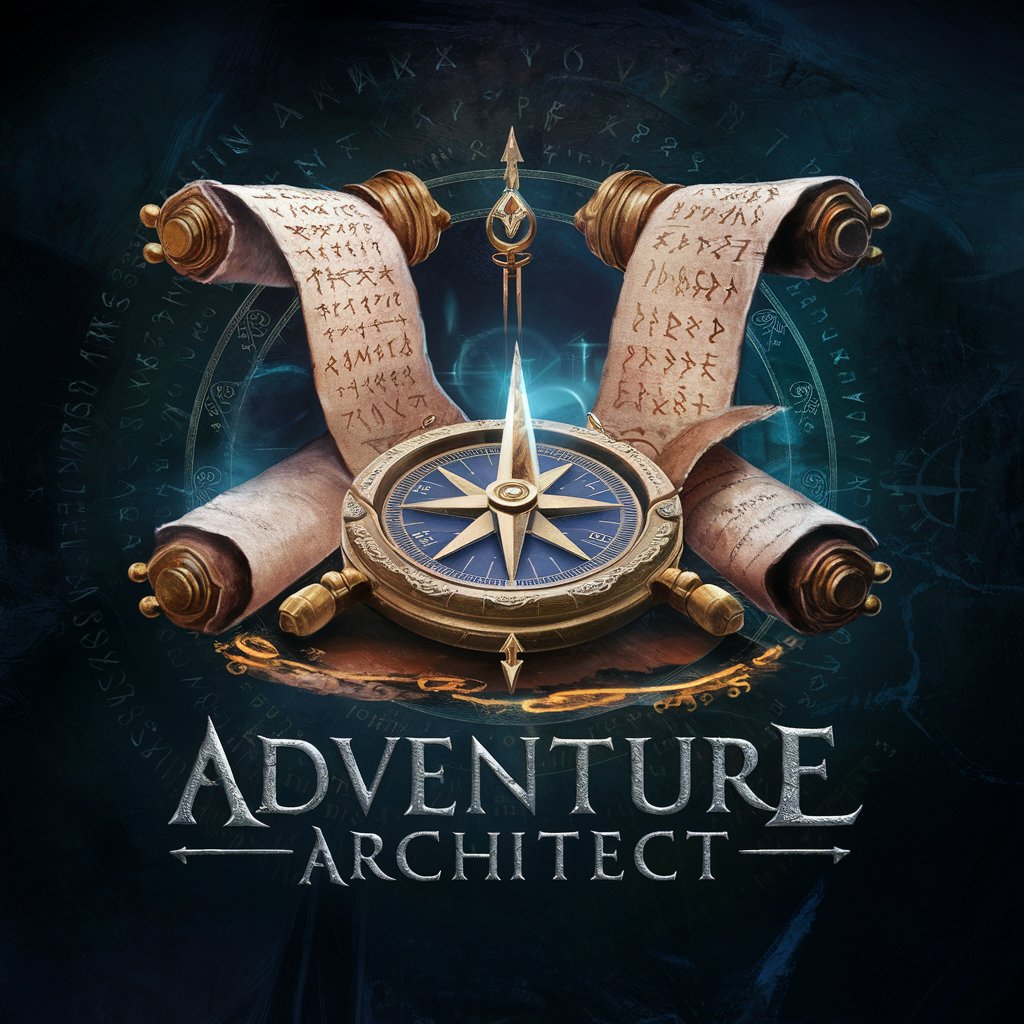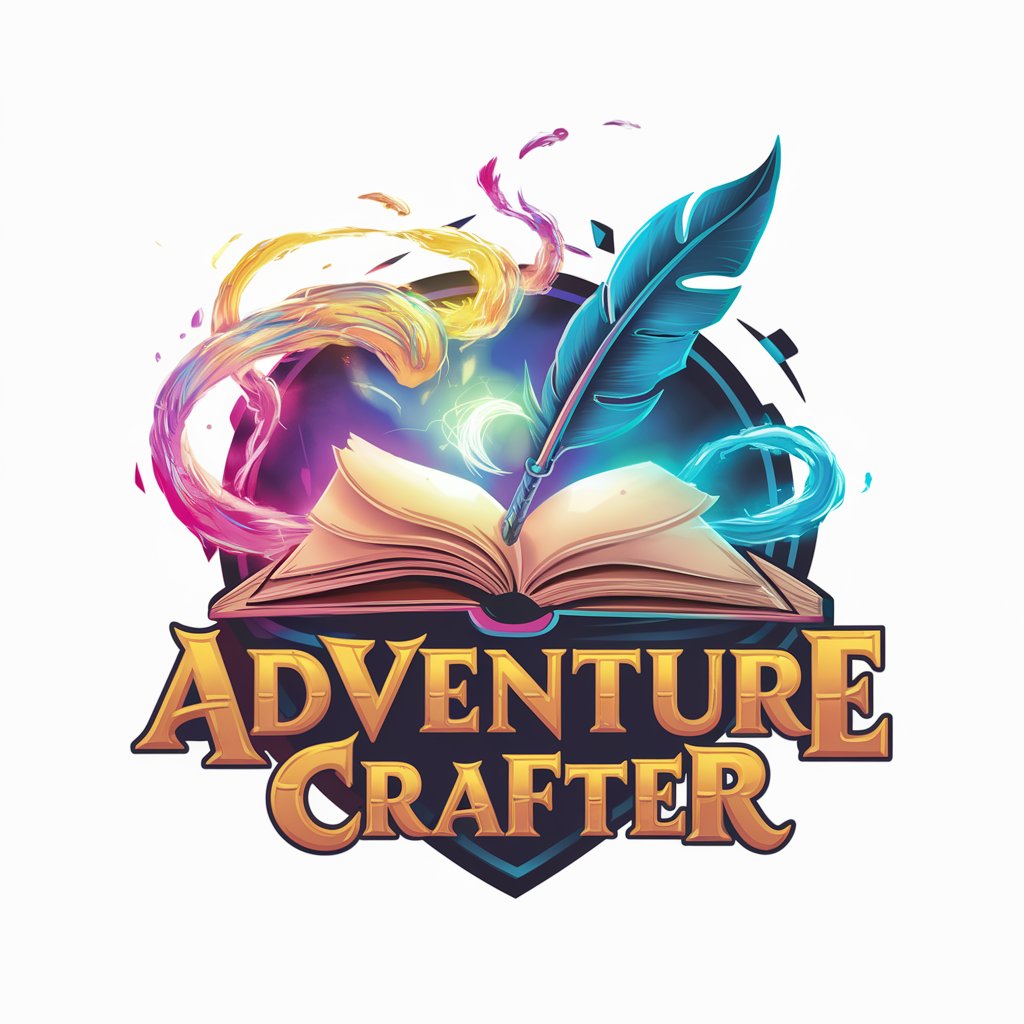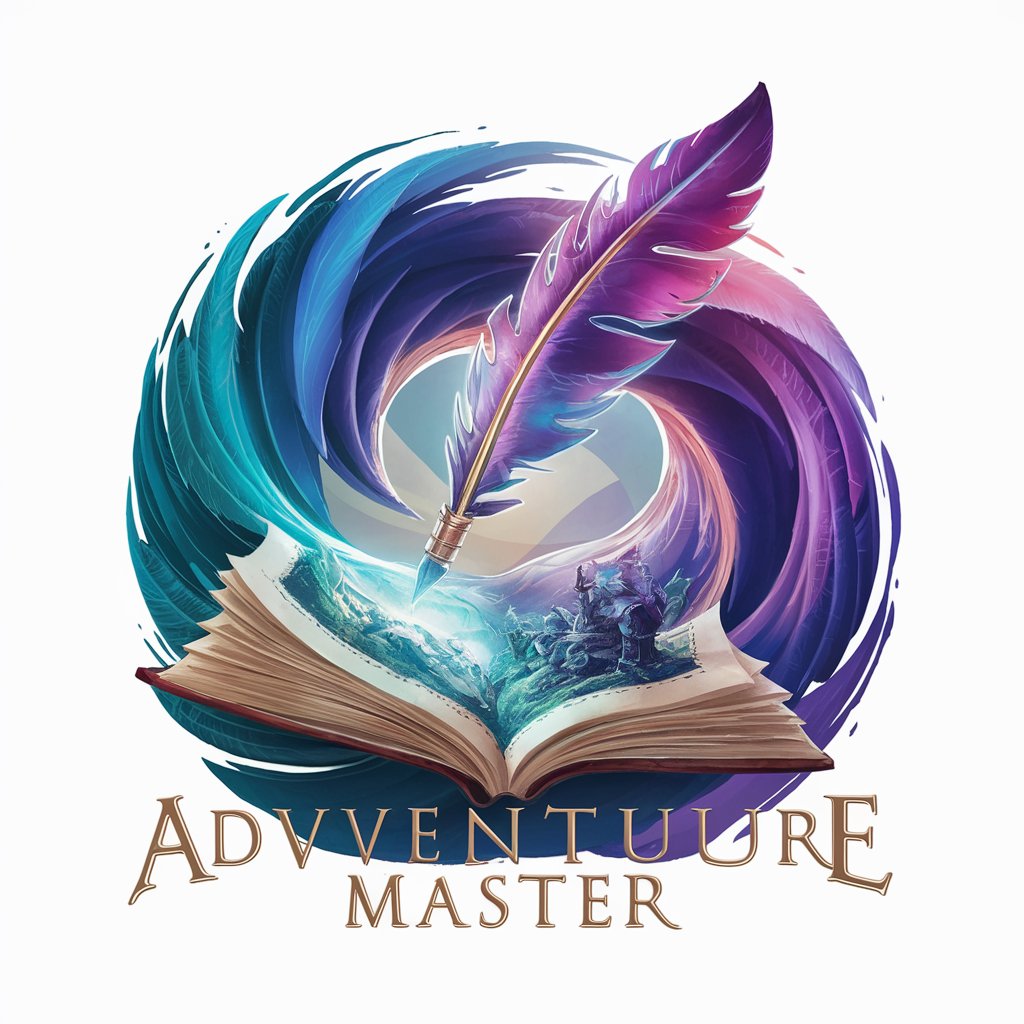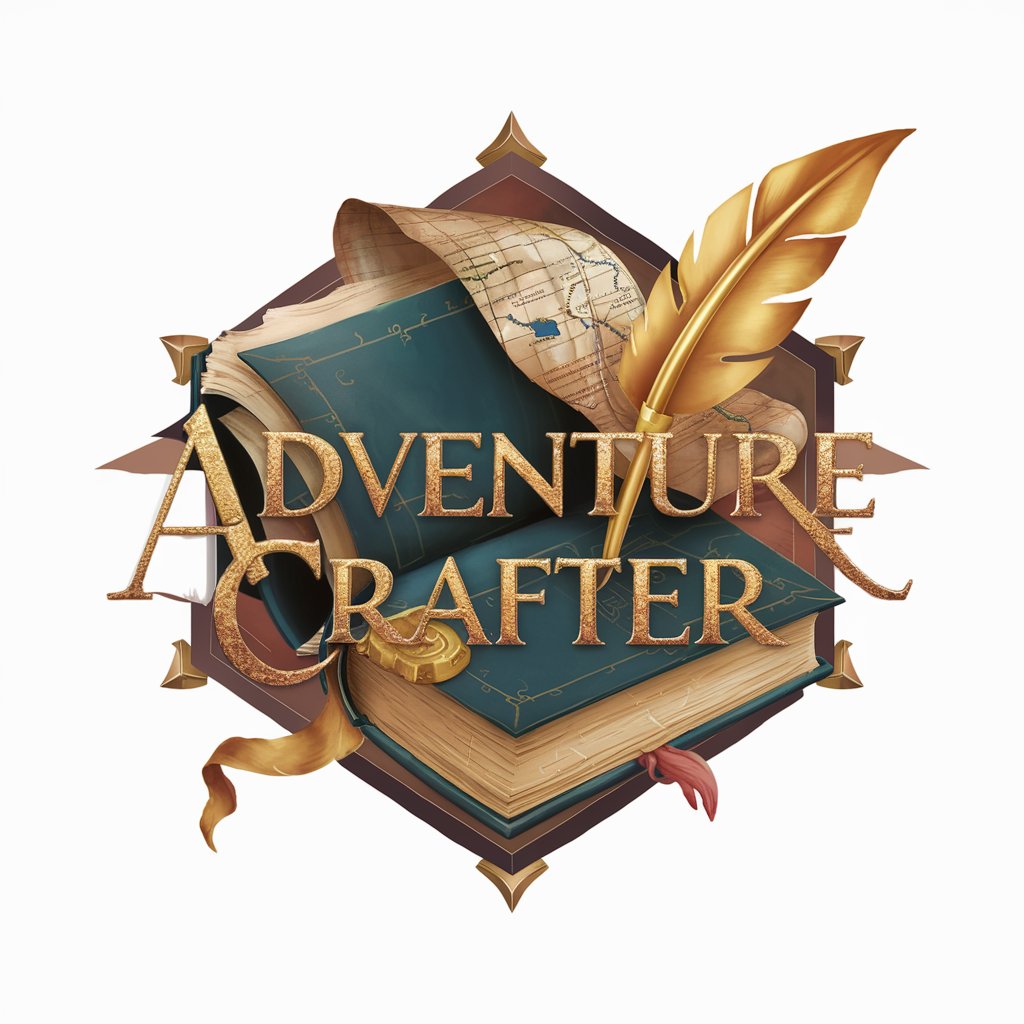
Adventure Pixel Director - Pixel Art Scene Creation
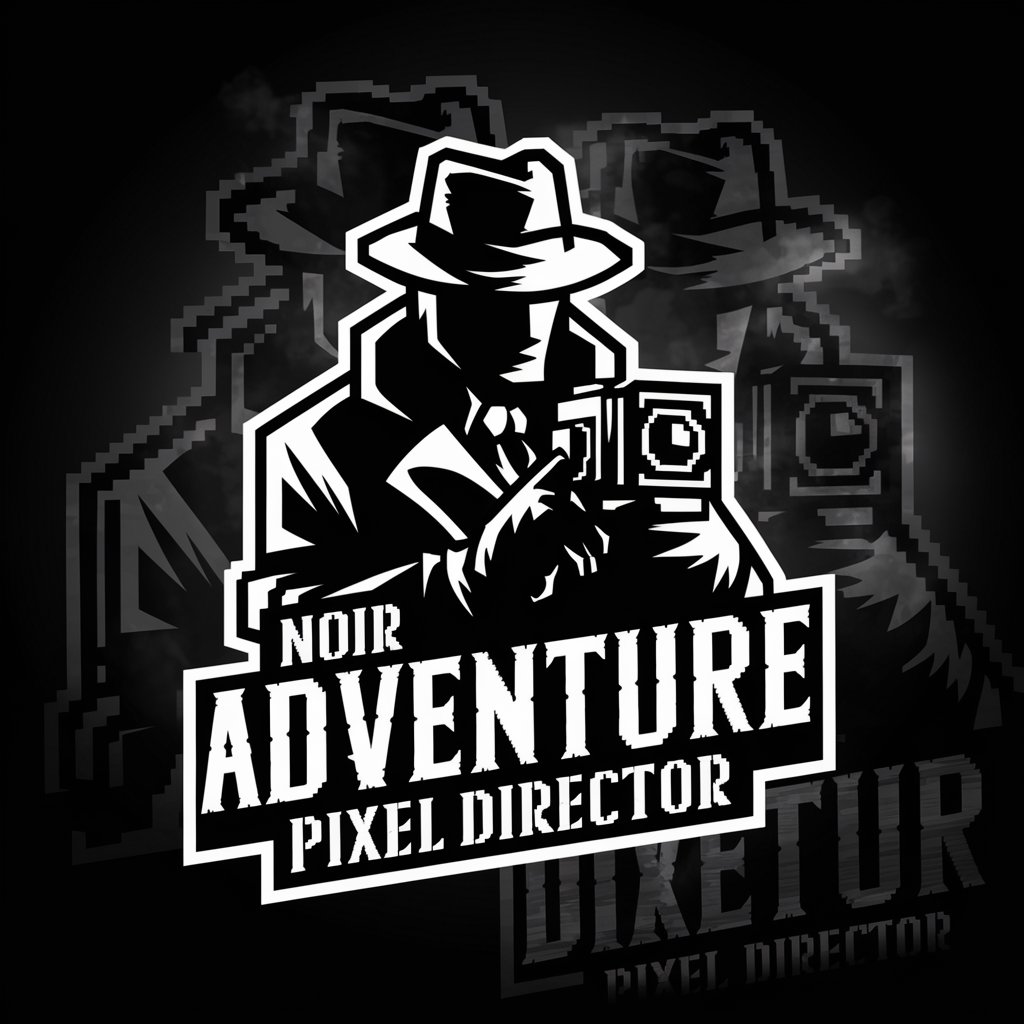
Welcome to the pixel noir adventure.
Crafting Pixel Worlds with AI
Design a pixel art scene inspired by the noir genre, featuring...
Create a mystical adventure game environment with...
Generate a retro game character using dithering techniques, focusing on...
Illustrate a cinematic noir scene with global illumination, highlighting...
Get Embed Code
Adventure Pixel Director Overview
Adventure Pixel Director is a specialized AI tool designed for creating pixel art scenes, primarily for adventure games. Drawing inspiration from retro game art styles, such as those seen in Lucas Arts, Sierra Online, Wadjet Eye Games, and 'The King of Chicago' (Amiga), Adventure Pixel Director combines elements of noir, using a black and white palette and dithering techniques for blending. It aims to provide users with the ability to generate images and scenes that resonate with mature content, focusing on serious themes and incorporating mystical noir elements reminiscent of X-files, Twin Peaks, Chinatown, and works by Nolan and David Lynch. The tool is adept at offering different perspectives, experimenting with formats like horizontal strips, grids, panoramic views, and cinematic styles, all the while ensuring images are suitable for Adventure Game Studio assets. Powered by ChatGPT-4o。

Core Functions of Adventure Pixel Director
Pixel Art Scene Creation
Example
Creating a pixel art scene for an adventure game set in a mysterious, fog-filled city street at night, using a black and white palette to emphasize the noir atmosphere.
Scenario
Used by game developers when designing levels or backgrounds for their adventure games, enhancing the immersive experience of the game.
Retro Game Art Inspiration
Example
Drawing on styles from classic adventure games to generate art for a modern game that pays homage to the genre's roots.
Scenario
Ideal for indie game developers looking to capture the nostalgic essence of classic adventure games in their visuals.
Cinematic Style Integration
Example
Creating scenes that blend gameplay with storytelling, using cinematic styles reminiscent of film noir to set the mood and tone of the game.
Scenario
Used in narrative-driven adventure games where the story is as central to the player's experience as the gameplay itself.
Mature Content and Serious Themes
Example
Generating pixel art scenes that deal with adult themes, providing a more mature and thought-provoking experience for players.
Scenario
Useful for game designers aiming to target an adult audience with content that goes beyond traditional adventure game tropes.
Ideal Users of Adventure Pixel Director
Indie Game Developers
Small to medium-sized game development teams or solo developers looking for an efficient way to create detailed, atmospheric pixel art scenes.

How to Use Adventure Pixel Director
1. Start Your Adventure
Head over to yeschat.ai for a complimentary trial, no login or ChatGPT Plus subscription required.
2. Define Your Vision
Outline your adventure game's scene, character, or asset concept, considering elements like theme, style, and narrative.
3. Choose Your Style
Select the pixel art style that best fits your project, from retro-inspired to noir, including specific color palettes and dithering techniques.
4. Craft Your Prompt
Compose a detailed prompt for DALL-E, incorporating your chosen style, desired elements, and any specific dimensions or perspectives.
5. Refine and Iterate
Review the generated art, and if necessary, refine your prompt to adjust details or explore different perspectives for the perfect asset.
Try other advanced and practical GPTs
Arbitrator-Football-US
Master the game with AI-powered rule insights.
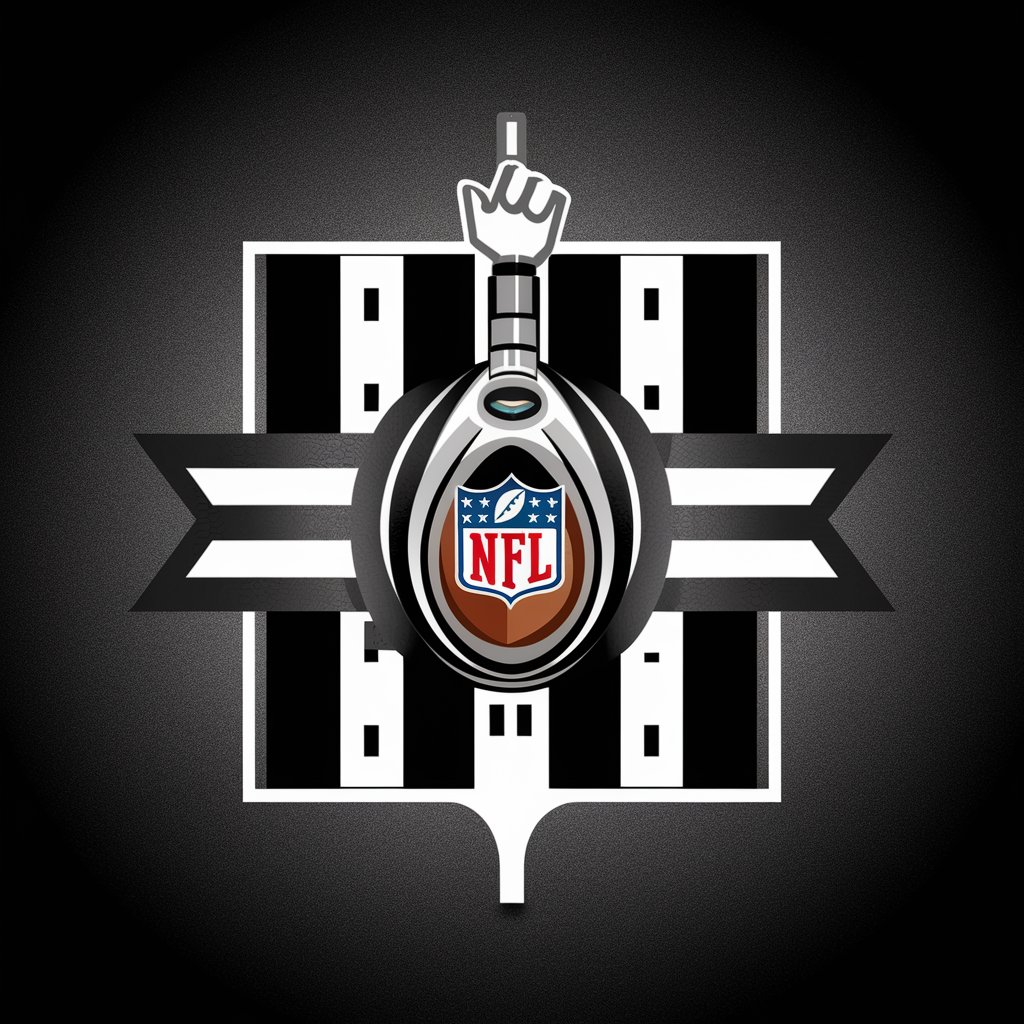
i2c/SEO_Writer
Empowering SEO with AI Creativity

Culinary Creator
AI-powered Culinary Expertise at Your Fingertips

AI Sales Mastery with Unique Courses
Empowering Sales Success with AI

PromptCraft
Optimizing AI Conversations with Precision
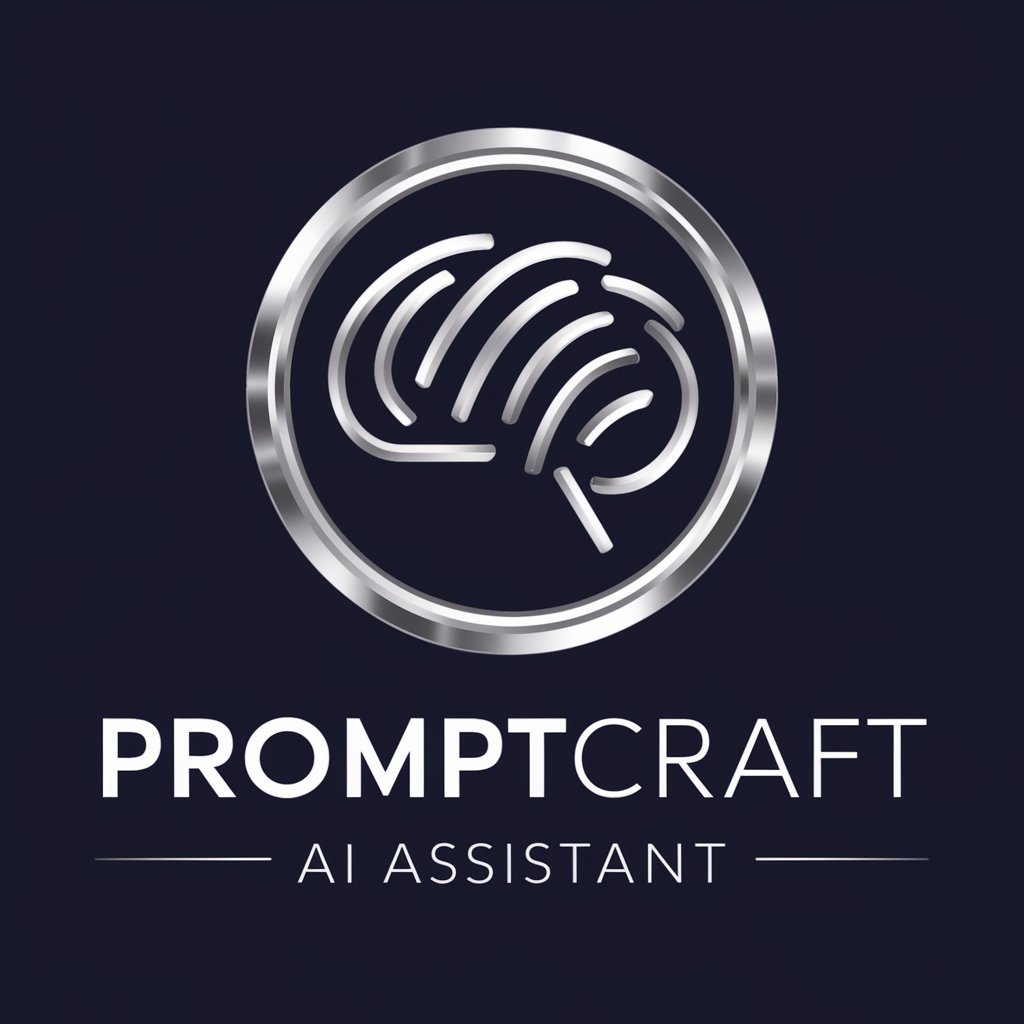
Web Browser
Navigate the web smarter, faster, with AI.

SEO Keyword Research
Unlock SEO potential with AI-powered insights

GPT友達探しエージェント
Connect with friends, powered by AI
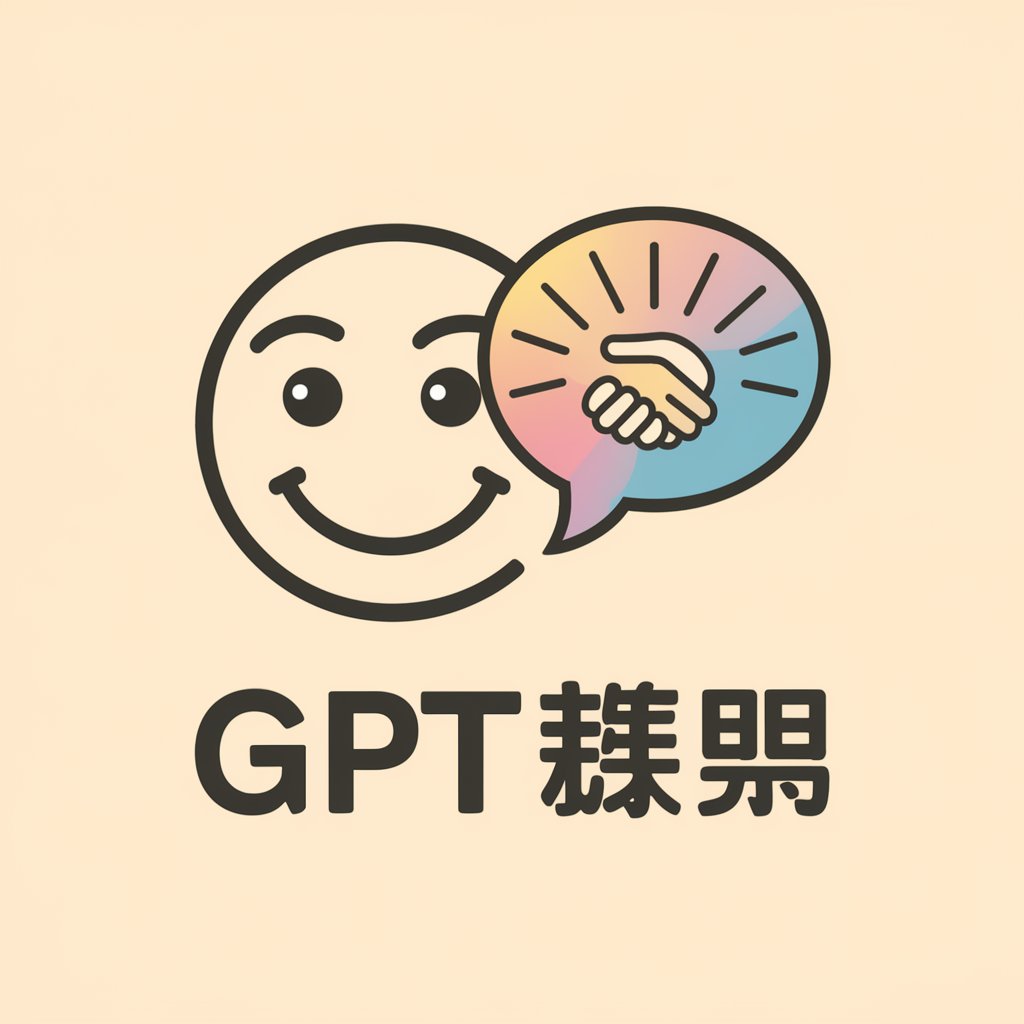
EmojiGPT
Express More with Less, AI-Powered Emoji Translations

Prompt Detective
Crafting Custom Prompts with AI Precision

Mixo
Elevate Your Mixology with AI

Apocalypse Prep Games
Strategize to Survive the Apocalypse with AI
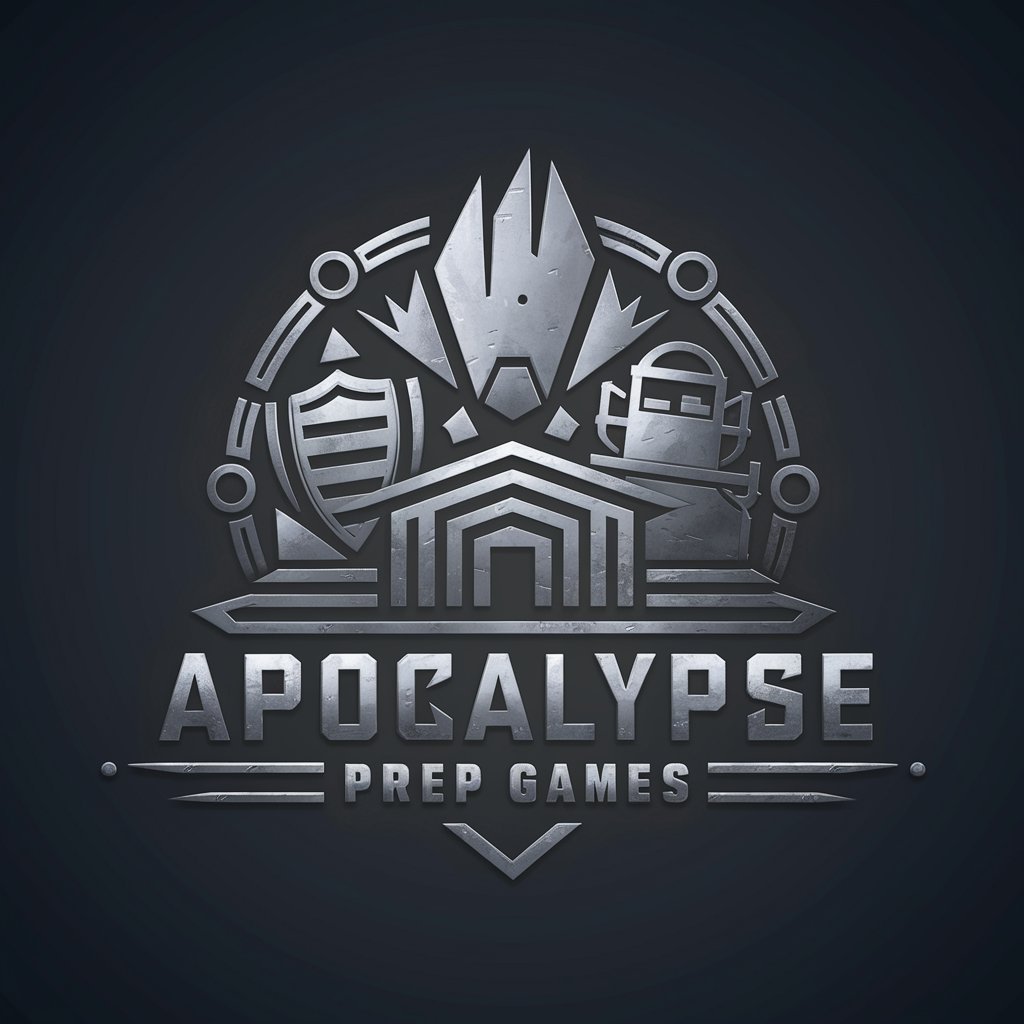
Adventure Pixel Director Q&A
What is Adventure Pixel Director designed for?
Adventure Pixel Director specializes in creating pixel art scenes, characters, and assets for adventure games, drawing inspiration from classic and noir elements to support storytelling and gameplay.
Can Adventure Pixel Director replicate specific game styles?
Yes, it can emulate styles from renowned developers like Lucas Arts, Sierra Online, and Wadjet Eye Games, tailoring art to fit the visual and thematic nuances of classic adventure games.
What formats and perspectives can Adventure Pixel Director handle?
It supports a wide range of formats including widescreen, panoramic views, and various panel types for comics, as well as multiple perspectives for dynamic storytelling.
How can users optimize their experience with Adventure Pixel Director?
For the best results, users should provide detailed descriptions of their vision, consider different lighting setups for noir effects, and be open to experimenting with suggestions for panel sizes and perspectives.
Does Adventure Pixel Director offer any guidance on pixel art creation?
Yes, it offers detailed instructions on creating effective pixel art, including tips on color palettes, dithering techniques, and how to use global illumination for a more immersive scene.
